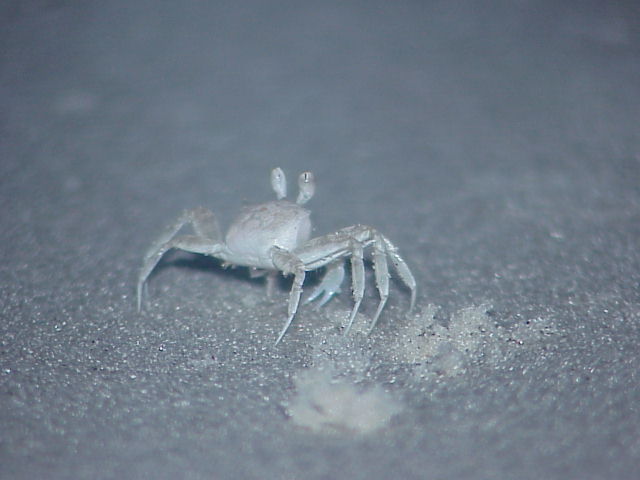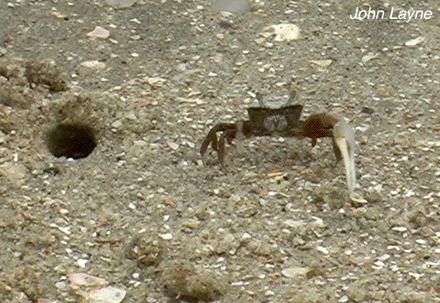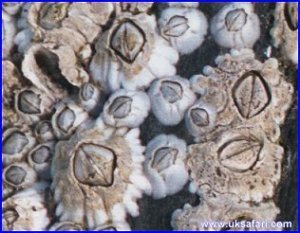The male lobster is apparently quite the Casanova. Studies have shown that female lobsters tend to patiently wait in line outside of a male lobster’s den waiting for their turn to mate. One could say lobsters are apparently the ocean’s version of a rock star.
The males really do have all the right moves – for the brief time they do spend together, it is actually rather romantic…
Here is the scenario:
You see all lobsters have to molt (release their shells and grow a new one to be comfortable). Females can only mate right after molting. So, when she is ready to get comfortable in her new shell, the female releases a pheromone (a scent saying she is ready to get comfortable) into the male’s den.
The male then comes outside and the two of them have a boxing match with their claws. The female lets him win and places her claws on his head. Then they move into the den and – in a few hours or a few days – she molts. Then it is time to mate. After that she hangs out until her new shell is strong enough to protect herself – at which point she is ready to go and never looks back.
Do you have another great question? Check out www.beachchairscientist.com and let us know what you always ponder while digging your toes in the sand!











What people are saying …